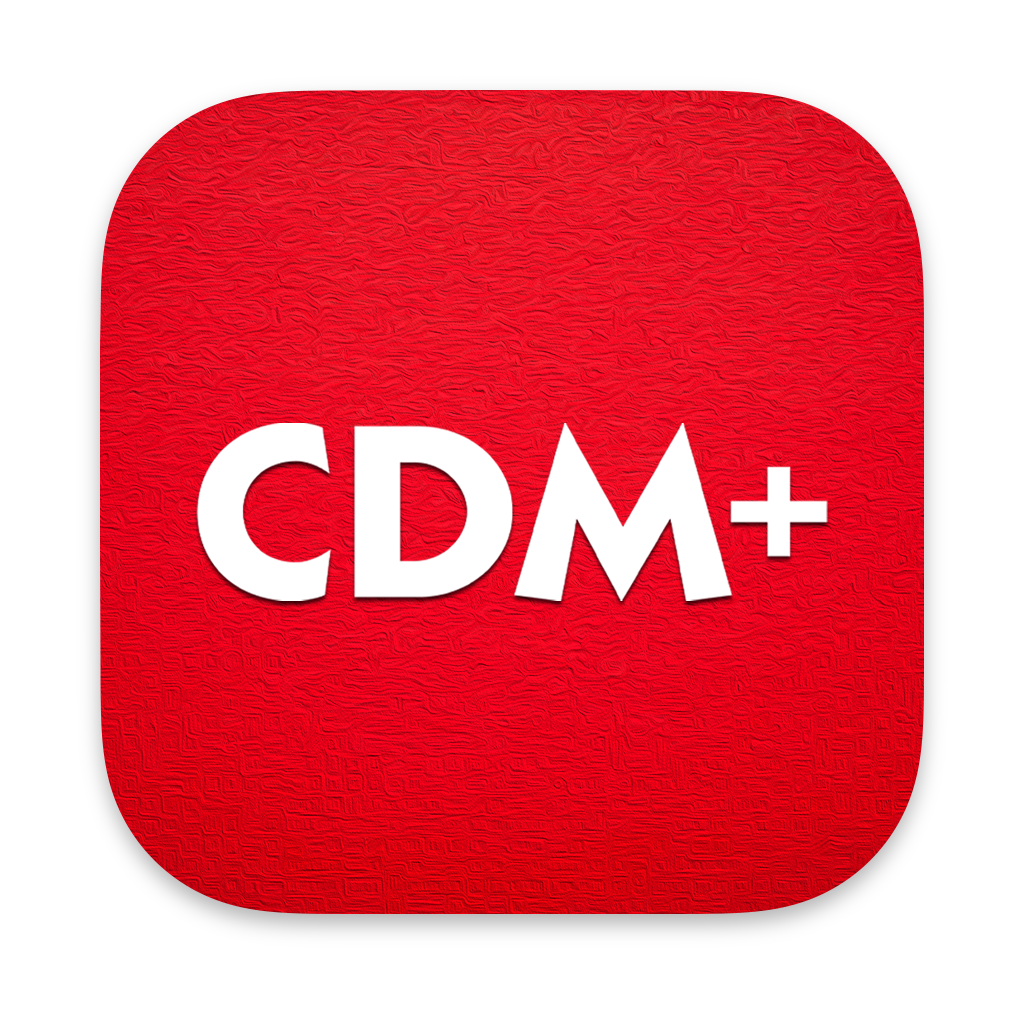Archiving Considerations
When
Archiving can be done at anytime, but consideration needs to be given to certain reports that need to be generated at year end. Usually date sensitive records such as contributions, ledger entries and attendance are archived at the end of a calendar or fiscal year. It is helpful to leave the most recent 2-3 years of data in CDM+. Often leaders want to look at reports during those periods for comparative reasons. It is easier to do that if they are in one database and not split between your current file and an archive file.
Membership records for deceased persons and those who have moved out of the church family is a different matter. CDM+ provides ways to keep those people in your active database but not show up on reports. However, at some point you will want to archive them out. If you need to report on deceased members and those who have transferred out for an annual denominational report then keep those records in your active CDM+ database until the report has been completed. This may require that you have multiple archive codes such as one for ‘Pending Archive’ and another for ‘Ready to Archive’.
Special Preparations Steps
For some records that will be archived there are some other special considerations. Before archiving attendance records run the Attendance History. Before archiving contribution detail records you need to run the Giving History. This stores totals of giving to each fund to provide dynamic information of financial support. The giving history records are not compromised even if the giving units are archived out for people who are no longer in the church. Before archiving ledger records, be certain that all ledger items have been cleared on bank reconciliation statements for the period to be archived. If there are any offsetting voided entries, check that both sides of the voided entries are in the records to be archived. Use the record skip feature of the archive utility to preserve both sides of a voided ledger entry. See “Setting up an archive” for more information on this feature.
Multiple Archive Database Sets vs. One Archive Database
CDM+ can handle an unlimited number of archive database sets. Although there is no set rule on the strategy of archiving everything from year to year into one archive set or creating separate archive sets for each year, we recommend that you have just one archive database and add to it each year. If you decide to have multiple archives, name the archive in such a way so that when you want to access it later you will know which one to select. For example, you can create an archive file for all accounting records or one for each year of accounting records. For membership records it is best to have one master membership archive file that you add to from year to year.
User Access to Archive Files
During the archive process, the current users' login information and permissions will be included in the archive file. Once an archive is completed it is a good idea for the administrator to go into the archive and set the access rights to read only and perhaps limit who can access an archive file. It is also important to maintain password management in the archive file. If an employee leaves then you will want to remove them from archive files as well as your active database.
Backup of Archive Files
Suran maintains a backup of your database on a hosted server. You can reach out to our Tech Support team if you have questions about your backup.
The Three Options in CDM+ Archiving
Standard Archive – this function will copy the selected data to the archive file and delete the parent and child records from the active CDM+ database.
Copy Only – this function will copy the selected data to the archive file and NOT delete the parent and child records from the active CDM+ database.
Delete Only – in this function although an archive database was selected the archive process WILL NOT copy any data from the active database into the archive file. This function will delete the parent and child records from the active database. USE WITH CAUTION!
